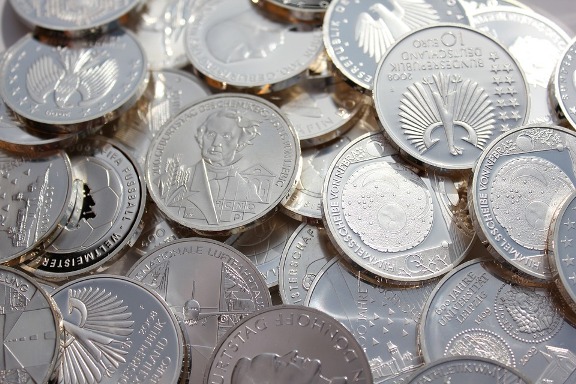
Credit: Pixabay
US Silver Dollars have been highly valued because of their deep-rooted history and collectibility. Numismatists all over the world reiterate that the US Silver dollar is an institution by itself. The United States released dollar coins in silver from 1794 to 1935, and a rich history bolsters the silver currency. Here’s a brief overview of silver dollars.
The United States of America emerged independent, as the Thirteen American Colonies refused to submit to British rule. When the new government was created, the U.S. Constitution realised the need for an esteemed monetary system. Until then, the currency in the U.S. was a mix of foreign and colonial currency like the Spanish coins. The U.S. Mint was established to address the creation of a respected currency. The early coins minted were pressed in precious metals like silver and gold due to their value. The mintage later introduced an assortment of metals with a higher degree of purity.
The ‘Flowing Hair dollar’ was the first U.S. silver dollar that was pressed in 1794. The design was replaced by the popular ‘Draped Bust dollar’ and ‘Seated Liberty dollar’. Silver was out of the coinage sphere for five years, which was attributed to the Fourth Coinage Act of 1873 implemented under the Presidentship of Ulysses S. Grant. The Grand Bland Plan of 1878, officially known as the Bland-Allison Act, put back the circulation of silver dollars bringing in the new silver dollar creations like the ‘Morgan Dollar’ and the ‘Peace Dollar.’
Later, during colonial times the silver Spanish 8-real coin (Spanish Peso de Ocho) served as a foundation currency for the early American economy. The first Secretary of the Treasury, Alexander Hamilton, directed a dollar coin that proto-typified the size and purity standards of the Spanish milled dollar. The efforts of the early U.S. coinage were reportedly less heavy and pure than the Spanish 8-real, but later coinages were pressed with higher quality, consisting of 90% silver and 10% copper. The U.S. Mint facility was first built in Philadelphia, PA, and later branches opened in Charlotte, Dahlonega, Georgia, and other cities and were involved in the pressing of silver dollars.
